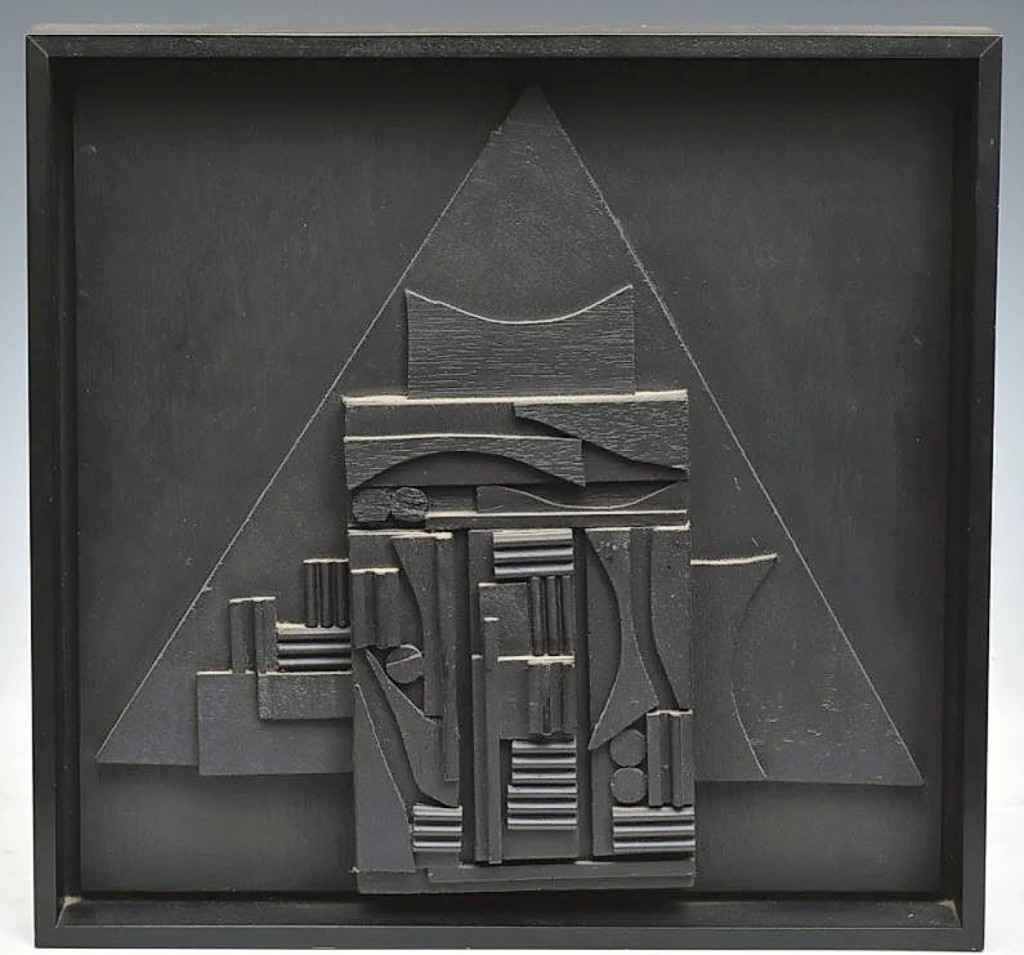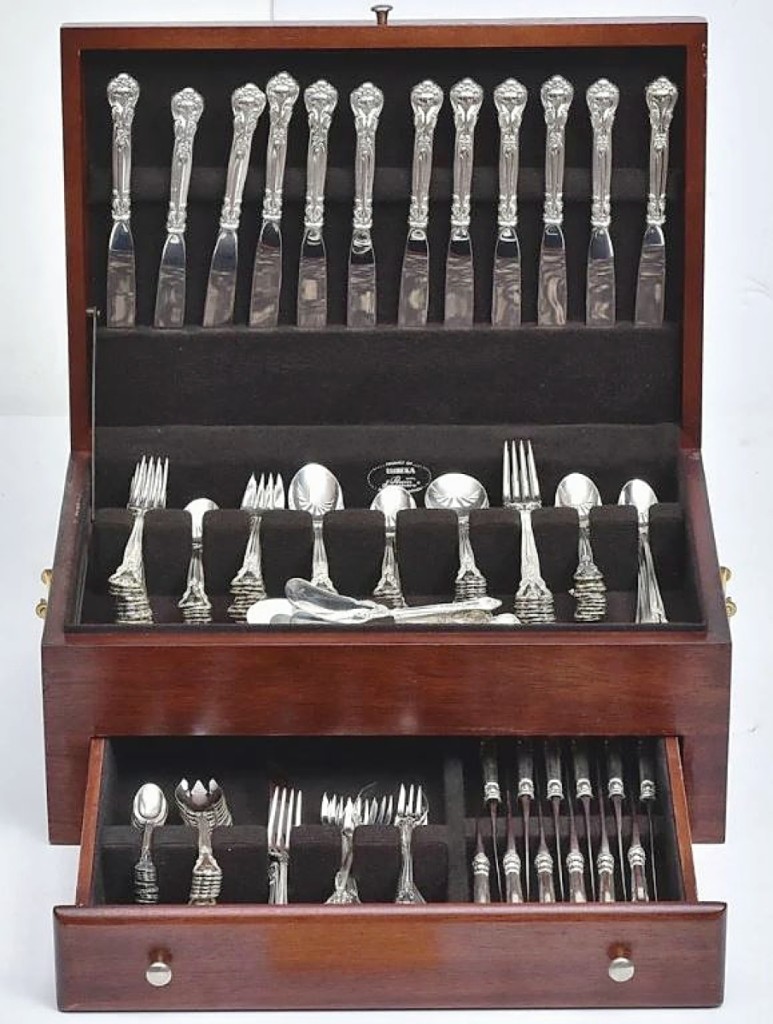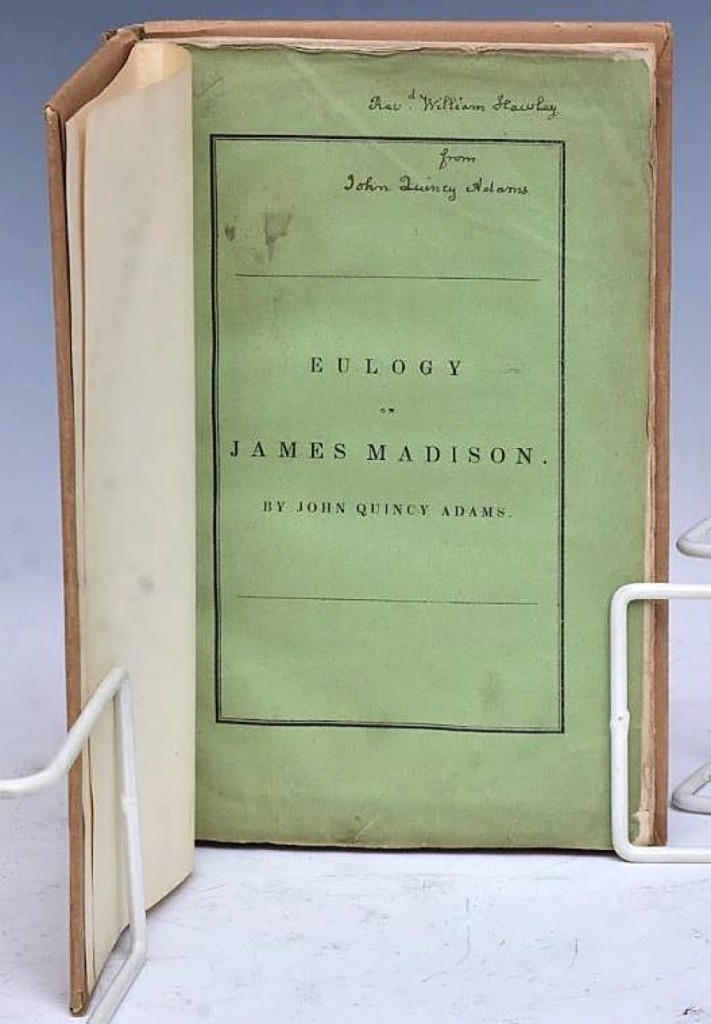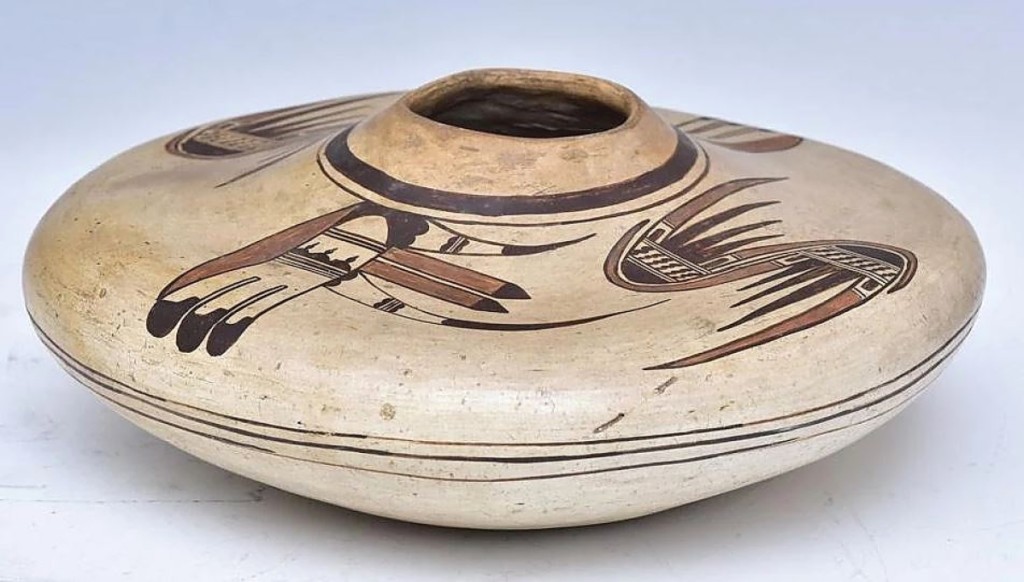
The sale found its leader in the 1981 American Book Award, a Louise Nevelson assemblage sculpture presented to author Deirdre Bair, who received it for her acclaimed biography of writer Samuel Beckett. The piece came from Bair’s estate.
Review by Greg Smith, Catalog Photos Courtesy Fairfield Auctions
MONROE, CONN. – Estates from Connecticut coalesced into the online-only 476-lot sale at Fairfield Auction on September 16, producing a sale total of $260,000, including buyer’s premium.
Auctioneers Rosie and Jack DeStories had hoped to take a vacation in September. Since the March shutdown in Connecticut, they decided to run monthly sales of 300 lots instead of bimonthly auctions with 600 lots. “There’s just two of us in the building, it’s more manageable to handle the aftermath of a smaller sale,” Jack said.
“We’ve barely taken a day off. We figured we’d get a week of rest in September. And what happened was that the merchandise came in, so instead of taking off, we just had 150 more lots to handle.”
They handled it well.
DeStories said the sale had approximately 120 consignors, including estates in Easton, Southport and Weston.
The sale’s top lot at $9,375 was the 1981 American Book Award presented to and from the estate of author Deirdre Bair, who wrote the acclaimed biographies of two other notable writers: Samuel Beckett and Simone de Beauvoir. The award, a monochromatic black assemblage work by Louise Nevelson, was presented to Bair for her Beckett biography.

Leading all flatware in the sale was this set of 239 pieces from Gorham in the Chantilly pattern that sold for $5,750. It belonged to a collection of flatware offered throughout the sale from a Southport, Conn., estate.
Also from Bair’s estate was a German transcript of a 1937 lecture given by the founder of analytical psychology, Carl Jung. Printed in Berlin, the transcript sold for $975.
Even though sterling flatware is included in nearly every estate auction, this sale featured an above average quantity at 19 lots. Gorham led the category with a 239-piece set in the Chantilly pattern that sold for $5,750. Behind at $3,500 was a set by Wallace with 111 pieces.
On whether the interest in silver might be tied to the current spot price, DeStories said, “There are always collectors for this stuff, but when the spot is higher, the people who collect it are forced to pay a little more.” Currently at $23/ounce after a lackluster August, the spot is still a good deal higher than the $18 it was a year ago.
There were other silver lots of interest, including a German Augsburg tankard dating to the Seventeenth Century, 5 inches high with gilt trim and interior, that sold for $1,750. A silver porringer was dated by the auction house to the Eighteenth Century and probably from Boston, engraved for Nathaniel Lamson. It sold for $1,125.
Among Native American lots was a Hopi seed jar that DeStories called the very best example he had ever handled. It came from a Ridgefield, Conn., estate and was attributed to Nampeyo at 9½ inches diameter. Seventeen bids knocked it down for $8,125. Also of note in the category was a finely carved Northwest Coast totem measuring 76 inches high and carved with eagles that sold for $5,500. DeStories said it had been brought in by a picker.

Taking $5,500 was John Quincy Adams’ eulogy for James Madison. The copy was inscribed to “Reverend William Hawley from John Quincy Adams,” with a number of notations, all apparently in Adams’ hand. Hawley was the first rector of St John’s Episcopal Church in Lafayette Square, known as “The President’s Church,” installed there by Adams himself. The same church made national headlines this year when peaceful protesters were teargassed in front of the location. The book had been purchased by the consignor’s father from the James Roosevelt estate.
Standouts in fine art included a winter landscape painting dated 1937 by Ernest Albert that took $3,000. Though DeStories preferred a 9-by-12-inch oil on panel by Impressionist artist Matilda Browne that featured a home viewed from the outside at night. Browne is one of the most noteworthy Connecticut female artists of the Twentieth Century and was really the only one accepted by her male peers of the Old Lyme School, as written by the Florence Griswold Museum. She began studying with her neighbor Thomas Moran at the age of nine.
Though the artists were unknown on each, two paintings – one French and one American – found good prices for the strength of their images. At $1,500 was the French school painting, an oil on canvas measuring 45½ by 28½ inches, featuring a nude female puppeteer standing concealed behind a screen with a puppet held high on each hand as she entertains a sizable and well-dressed audience on the other side – all presumably unaware of her attire. The American school work, a 20-by-16-inch oil on canvas, featured a boy sitting on a box, a paper in his hand and a terrier dog sitting on another box next to him. DeStories believed the work may be by John George Brown, though it was unsigned and went out at $1,920.
A multigenerational estate from Easton released an eclectic mix of artifacts and international pieces.
“It was the estate of a doctor who collected things of a certain type, and his father also collected things like that, they were combined into the collection,” DeStories said.

Among the best examples of a Hopi seed jar that the auction house had ever handled, this piece, 9 inches diameter, sold for $8,125. DeStories attributed it to Nampeyo from the early Twentieth Century.
Leading it was a very finely carved Maori bust made of Kauri Gum, a kind of resin, that brought $1,125. It dated at least to the Nineteenth Century and measured 9¼ inches high. Condition issues kept the price down, DeStories said, noting a significant loss to the back of the head and shoulders. The face that remained, with incised details for traditional Maori face tattoos, was remarkable.
“If it were in better condition, it would be three to six times that price,” DeStories said. “We had a number of people from that part of the world who registered and we estimated it conservatively. It had a real presence to it. I have no doubt this represents a significant person in the culture.”
DeStories related that he was overall content with the results of the auction. The firm is going to skip an October sale and will get back at it for a November 11 auction of fine art, estate jewelry, Americana and Asian art.
All prices reported include buyer’s premium. For information, www.fairfieldauction.com or 203-880-5200.






















